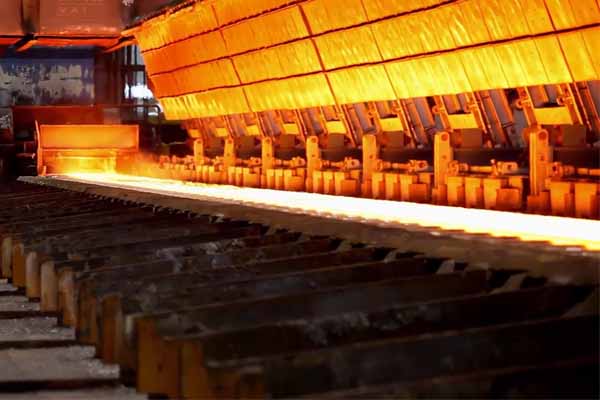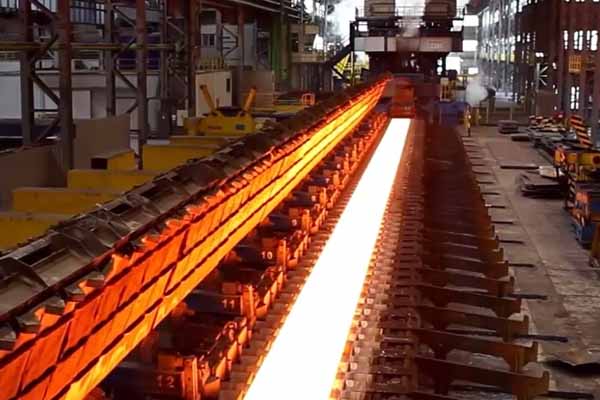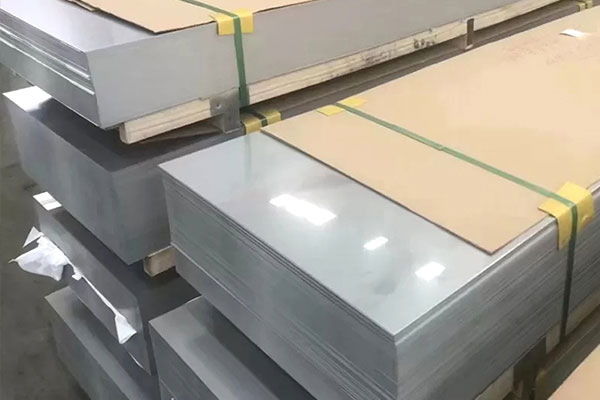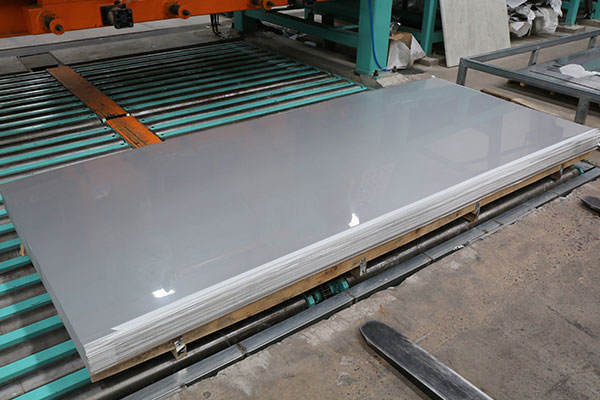In the chemical industry, the material selection for production lines and equipment directly impacts production efficiency, safety, and service life. Stainless steel, due to its excellent corrosion resistance, high strength, and good processability, is the preferred material for chemical equipment manufacturing. Different grades are suitable for different corrosive environments and operating conditions. The following article analyzes the use proportions and key considerations of different stainless steel grades in the chemical industry.
Application Distribution of Mainstream Stainless Steel Grades in the Chemical Industry
According to industry statistics and equipment manufacturer procurement data, 304 and 316L dominate stainless steel used in the chemical industry, accounting for a combined share of over 60%. Duplex stainless steel (such as 2205) and super stainless steel (such as 904L and 254SMO) are next, accounting for approximately 30%. Other specialty alloys (such as titanium alloys and Hastelloy) account for a smaller proportion, typically less than 10%.
1. 304 Stainless Steel (Austenitic Stainless Steel) - Basic Corrosion-Resistant Applications
304 stainless steel (18-8 stainless steel) is the most common stainless steel grade. Containing 18% chromium and 8% nickel, it offers excellent corrosion resistance and economical performance. In the chemical industry, 304 is primarily used in low-corrosive environments, such as:
Water treatment equipment
Ventilation ducts
Containers for storing non-strong acid/alkaline solutions
Pipes for transporting low-temperature or neutral media
Usage ratio: Approximately 35%-40% (mainly in mid- and low-end chemical equipment)
2. 316L Stainless Steel (Low-Carbon Austenitic Stainless Steel) – Enhanced Corrosion Resistance
316L stainless steel adds 2%-3% molybdenum (Mo) to 304, significantly improving its resistance to pitting and crevice corrosion. It is particularly suitable for environments containing chloride ions or moderately corrosive environments, such as:
Wastewater treatment systems containing Cl⁻
Weakly acidic environments such as sulfuric acid and phosphoric acid
Pharmaceutical and food chemical equipment (due to stricter hygiene requirements)
Usage ratio: Approximately 25%-30% (the mainstream choice for mid- and high-end chemical equipment)
3. Duplex stainless steel (such as 2205) – Balancing high corrosion resistance with high strength
Duplex stainless steel (such as 2205, containing 22% chromium, 5% nickel, and 3% molybdenum) combines the advantages of austenite and ferrite, offering higher strength and resistance to stress corrosion cracking. Suitable for:
Highly corrosive environments containing chloride ions (such as desalination);
High-temperature and high-pressure chemical reactors;
Pulp and paper industry (high-chloride environments);
Usage ratio: Approximately 15%-20% (irreplaceable in certain highly corrosive environments);
4. Super stainless steel (such as 904L and 254SMO) – Extremely corrosive environments
Super stainless steel (such as 904L with high nickel and molybdenum content and 254SMO with 6% molybdenum) is suitable for extremely corrosive environments, such as:
Strong oxidizing acids such as concentrated sulfuric acid and nitric acid;
Highly concentrated organic acids (such as acetic acid);
Nuclear industry and high-end pharmaceutical equipment
Usage ratio: Approximately 10%-15% (due to high cost, only used in critical equipment);
5. Special alloys (such as titanium and Hastelloy)—for a limited number of extreme conditions.
Titanium alloys (such as TA1 and TA2) and Hastelloy alloys (such as C276) are primarily used in highly corrosive media, such as:
Wet chlorine gas and hypochlorite; High-temperature and high-pressure hydrofluoric acid (HF) environments; Marine chemical equipment.
Usage ratio: <10% (extremely high cost, used only for special needs).
Key factors influencing stainless steel grade selection
Corrosive media type (e.g., acid, alkali, salt, oxidizing environments);
Temperature and pressure (high temperature and high pressure require higher-strength stainless steel);
Cost control (304 and 316L are widely used due to their cost-effectiveness);
Regulations and industry standards (e.g., the pharmaceutical industry requires higher hygiene standards and prefers 316L or better).
Future trend: The proportion of high-performance stainless steel will gradually increase
As the chemical industry moves towards high-corrosive properties, high efficiency, and long life, the proportion of traditional 304 stainless steel is likely to slowly decline, while the proportion of 316L, duplex stainless steel (2205), and super stainless steel (904L, 254SMO) will gradually increase, particularly in the environmental protection, new energy (e.g., lithium battery material production), and high-end pharmaceutical sectors.
 English
English Русский
Русский







